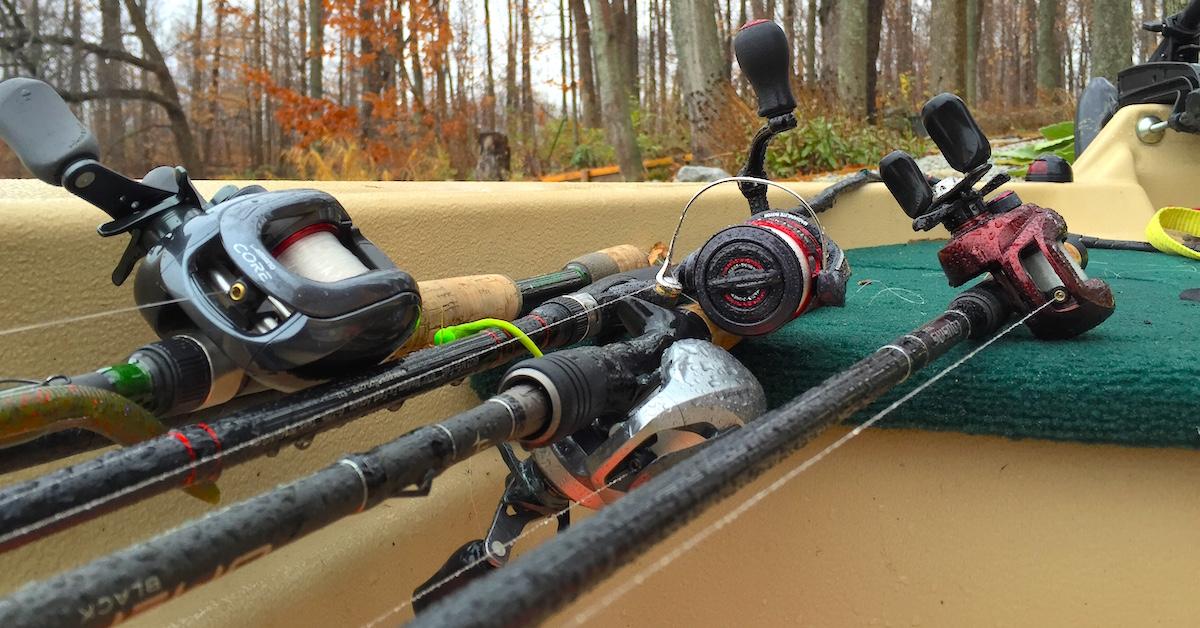3 Things You Need To Know Before Buying A New Fishing Rod
One of the fastest-growing segments of the fishing industry is fishing rods. The major labels are all turning out new lines, and startup manufacturers are popping up every season. This is good news for anglers, as the abundance of competition has made scoring a high-quality stick a much less expensive proposition than it was just a few short years ago.
The bad news though, is that it can be downright confusing to try and decide on which rod to purchase. Each manufacturer’s nomenclature is different, and although many rods are ‘technique specific’, a good spinnerbait rod to one angler may be better served as a worm rod to another. For that reason, it’s important to understand exactly what differs between rods, so you can select what you like.
Here’s a breakdown of the 3 major metrics of a fishing rod:
1. Length
Certainly the most obvious metric, length is the distance the rod covers from tip to butt. A rod’s length affects casting distance, accuracy, and hook set leverage. Longer rods (over 7 feet) will cast farther than shorter rods of the same power and action, and shorter (<under 7 feet) rods will be more accurate. Longer rods also give you more leverage on the hook set, as they take up more line while swinging. If you’re looking for more leverage, or distance on the cast, try going to a longer rod. If you’re fishing tight cover like docks and brush, try a shorter rod.
2. Power
Often confused with sensitivity, a rod’s power (measured from ultralight to extra-heavy) is simply a measure of how strong it is, or how much weight will cause it to flex. Using too light a power will hurt accuracy and distance, and too heavy a power will cause backlash issues and decreased efficiency. The power rating is what translates to the line and lure weight ratings often found on the sides of rods.
3. Action
Although the most overlooked metric in fishing rods, action (measured from slow to extra-fast), is critical to a rod’s overall performance. Action describes where along the length of the blank the rod flexes. Slower actions flex toward the butt, and faster actions flex closer to the tip. The faster the action, the more sensitive a rod will be, and the slower the action, the more forgiving it is. Faster actions are more suited to finesse applications and techniques that require feel, and moderate actions are ideal for moving baits that require forgiveness. Try fishing a drop shot on a crankbait rod, and you’ll likely miss bites – and if you crank with an extra-fast worm rod, you’ll likely lose more fish.
Updated December 16th, 2021 at 3:36 AM CT


